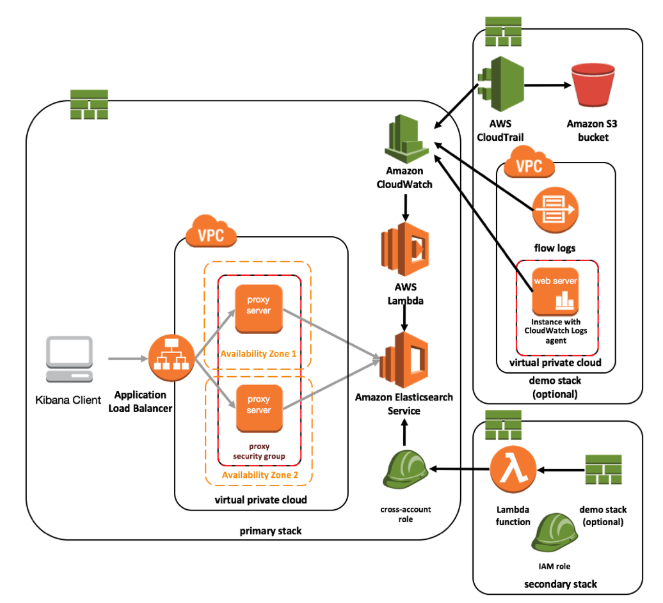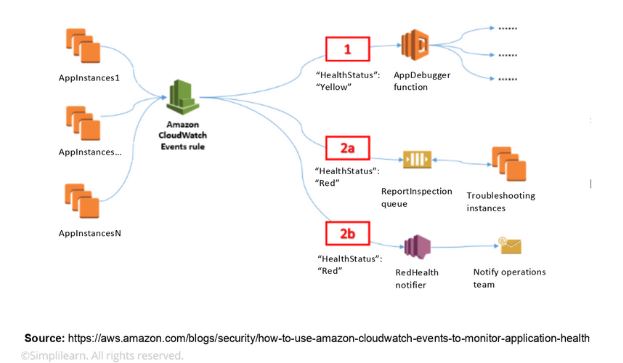TOP PYSPARK INTERVIEW QUESTION 2023
What is Apache Spark and how does it differ from Hadoop? What are the benefits of using Spark over MapReduce? What is a Spark RDD and what operations can be performed on it? How does Spark handle fault-tolerance and data consistency? Explain the difference between Spark transformations and actions. What is a Spark DataFrame and how is it different from an RDD? What is Spark SQL and how does it work? How can you optimize a Spark job to improve its performance? How does Spark handle memory management and garbage collection? Explain the role of Spark Driver and Executors. What is PySpark and how does it differ from Apache Spark? How do you create a SparkContext in PySpark? What is the purpose of SparkContext? What is RDD (Resilient Distributed Dataset)? How is it different from DataFrame and Dataset? What are the different ways to create RDD in PySpark? What is the use of persist() method in PySpark? How does it differ from cache() method? What is the use of broadcast variables in PySpark...





Nice blog, Very useful to the users for more information
ReplyDeleteDevOps Training institute in Ameerpet
DevOps Training in Hyderabad
DevOps Project Training
thnks Rajani :)
DeleteThis comment has been removed by the author.
ReplyDeletethanks Ravi for you comment:)
ReplyDeleteI'm cheerful I found this blog! Every now and then, understudies need to psychologically the keys of beneficial artistic articles forming. Your information about this great post can turn into a reason for such individuals.
ReplyDeleteMicrosoft Azure Training in Hyderabad
hey, thanks for this comment and I'll try to write more useful things.
Delete
ReplyDeleteThanks for giving great kind of information. So useful and practical for me. Thanks for your excellent blog, nice work keep it up thanks for sharing the knowledge.Here a related Stuff:
ADF Training In Hyderabad
ADF Online Training
ADF Training In Ameerpet
ADF Online Training